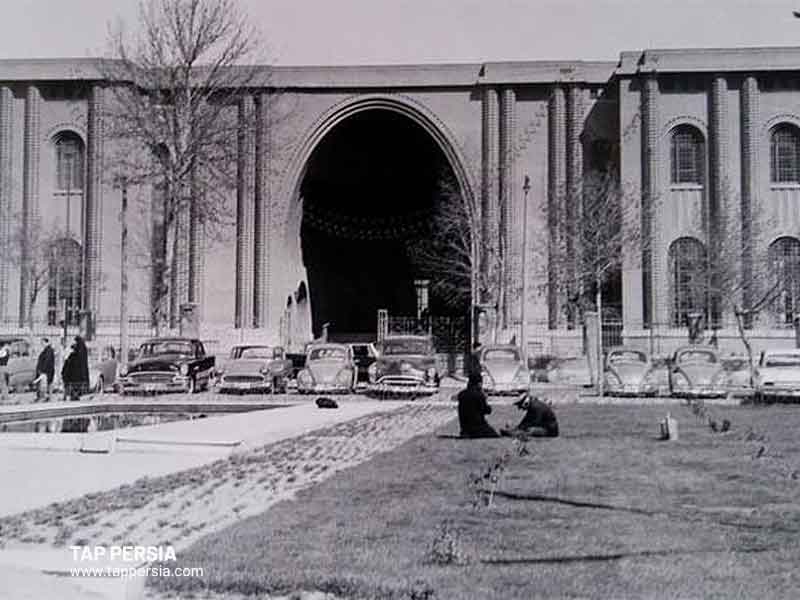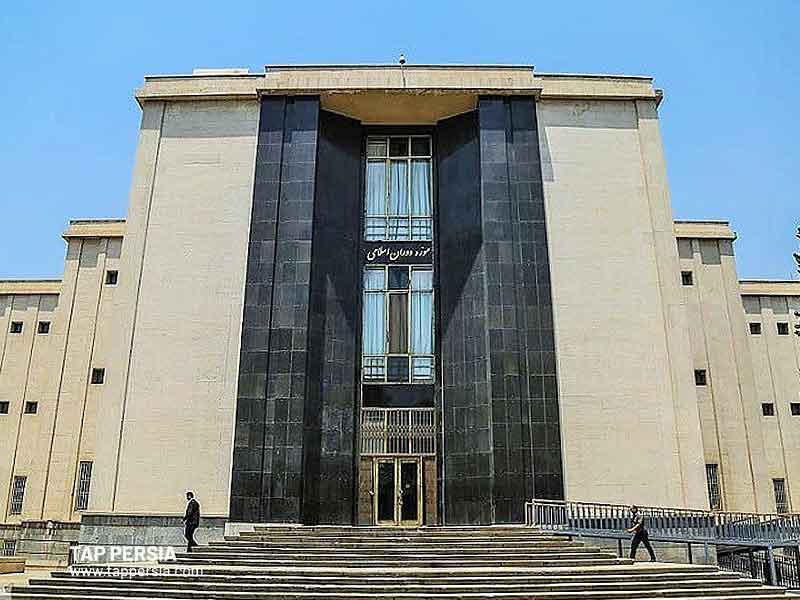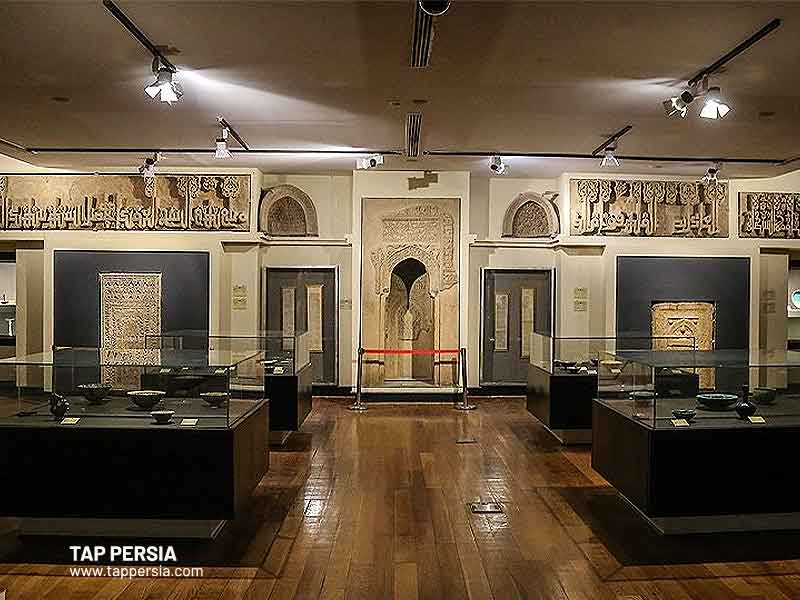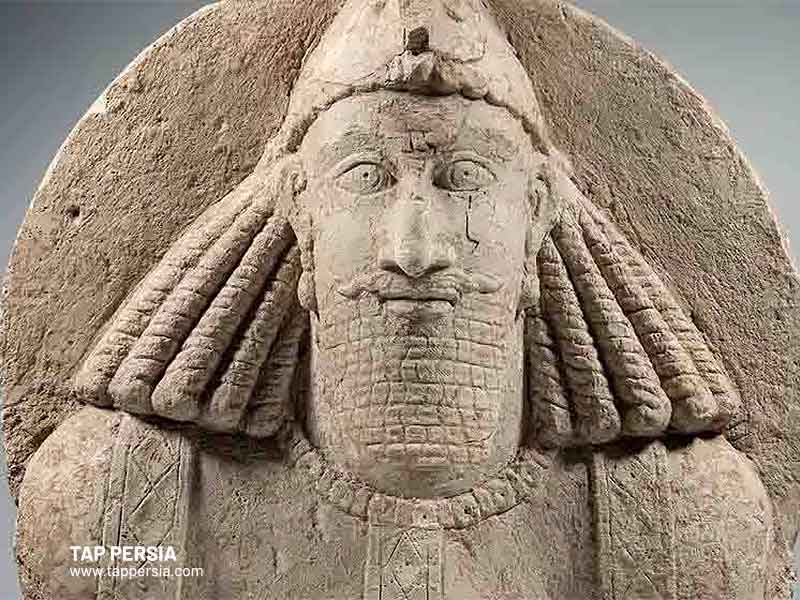The main museum in Tehran and the first choice of tourists interested in archaeology and history is the Iran national museum. This fascinating museum is the most famous museum in Iran. The museum’s exhibits span Iran’s history from the Paleolithic through the Qajar era. This allows museum visitors to follow Iran’s entire history, from the Stone Age through the 20th century. It is simple to incorporate the Iran national museum into a daily tour of Tehran due to its placement in the heart of the ancient part of the city.
Museums in Iran
The history and culture of a nation are preserved in museums. People can visit and examine the objects their ancestors created in museums to obtain a sense of how they lived, celebrated, lamented, entertained, etc. Iranian museums have a wide variety of items from all different historical eras manufactured by diverse civilizations and languages. Iran is a big country with an astonishing diversity in terms of the people and ethnicities who have lived there.
In addition to several unofficial and personal museums, Iran has 689 officially recognized museums as of 2019. The Museum of Ancient Iran, subsequently known as the Iran national museum, was the first museum to be created in Iran. It houses objects dating from prehistoric times through the Sassanid era (650 AD). Reza Khan ordered André Godard, a French architect & archeologist, to build this museum in 1312 after being inspired by the Tq Kasr building.
The Architecture of the National Museum of Iran

The Iran National Museum is made up of two structures that were built one after the other. French architects André Godard and Maxime Siroux created the initial building of the Museum of Ancient Iran, which has a stunning arch-shaped entrance. The project uses red bricks, has an area of 11,000 square meters, and is inspired by Sassanian architecture. Construction on the museum started in 1935, and it officially opened its doors in 1937.
On the other hand, the structure housing the Museum of the Islamic Era has a contemporary style, with black colonnades and white travertine used to adorn the entryway. This theory started working after the 1979 Islamic Revolution.
With a focus on archeological artifacts, the Museum of Ancient Iran exhibits a range of historical items, including:
Why visit the Museum of Ancient Iran?
The first structure in Iran created and constructed specifically as a museum is the Ancient Iran Museum. It was built between 1933 and 1936 by two Iranian masons, Abbas-Ali Me’mar and Morad Tabrizi, under the direction of French architect André Godard. The building’s portico and façade were modeled after the well-known Taq-e Kasra arch at Ctesiphon, one of the most well-known pieces of Sassanian-era architecture; the brickwork displays the Persian heritage of brick construction.
The permanent display has a surface area of approximately 4,800 square meters and is divided into two levels and a basement. It contains selected objects organized chronologically from the Lower Paleolithic period (around one million years ago) until the end of Sasanian times (651 CE). Paleolithic, Epipaleolithic, Neolithic, and Chalcolithic items can be seen in the first-floor galleries. Bronze Age, Elamite, Iron Age, Median, Achaemenid, Seleucid, Parthian, and Sassanian items can be seen in the galleries on the ground floor.
Why Visit the Museum of Islamic Archaeology and Art of Iran?

Part of Iran’s National Museum is the Museum of Islamic Archaeology and Art, which is about 4000 square meters in size and has three levels. The Sassanid palace at Bishpur served as inspiration for its octagonal design. Construction on the museum building, which was designed by architect Eugene Aftandilian, started in the 1940s and was finished in the 1950s. Temporary exhibitions and an ethnographic museum were the first uses of the structure. The structure was restored and reopened as the Museum of the Islamic Era in 1996.
The museum was renovated, and after another round of repairs and restoration began in the summer of 2006, it reopened in 2015. The auditorium and temporary show hall are located on the ground floor. Islamic items are on display on the first and second levels in chronological order. The holy Qur’an hall and artifacts from the Timurid, Safavid, Afshar, Zand, and Qajar periods are located on the first floor, while early Islamic, Seljuq, and Ilkhanid antiquities are located on the second story.
Objects in the National Museum of Iran
The Iran national museum houses a wide variety of priceless and historic items, including the following:
1. Sculptured head of Atousa, Cyrus’s daughter and Dariush’s wife, discovered near Persepolis which now resides in the National Museum
2. A 195-centimeter-tall bronze soldier from the Elamian era.
3. In the center of the Selantanti Hills, the cup of three-thousand-year-old Marlik was discovered.
4. Remains of Paleolithic tools and bones
5. An ancient woman’s deformed skull
6. Molage created Hammurabi’s Code of Law.
7. Items going way back to Perspolis
8. The Zanjan saltman mummy
Where is the National Museum of Iran and how to access it?

As we mentioned at the beginning, this important and valuable museum is located in the capital of Iran and in the province of Tehran and is considered one of the sightseeing places in Tehran. The access route to this museum is very easy because this museum is located at the beginning of 30 Tir Street, in the western part of Melal-e Motahed Street, and north of Imam Khomeini Street, and to reach it, it is enough to drop from the Imam Khomeini station and at the metro’s one and two intersections. Get off the train and after exiting the subway, move west to Imam Khomeini St. to 30 Tir St.
You can also go to this museum from the Hassan Abad metro station and get off the subway at the Hassan Abad station and reach the National Museum on the east side of Imam Khomeini Street by walking a distance of five minutes and crossing the intersection of Si Tir Street. Another way to reach this museum is through public buses.
The most well-known tourist attractions are located in Tehran’s city center. Moghadam Museum, Tehran Peace Museum, National Jewelry Museum, City Park, Sardar-e Bagh-e Melli, and Golestan Palace are all within easy walking distance of the museum. This neighborhood, which is a portion of the old city, has remarkable architecture.
How long does a full visit to the National Museum take?
It will take you about 4 hours to thoroughly explore the National Museum of Iran if you are patient. That example, allow two hours for the segment on ancient Iran and another two hours for the section on the Islamic era.
Ticket prices and visiting hours of the Museum of Ancient Iran

It is best to research the National Museum of Iran’s opening times ahead of time to avoid any inconveniences, but in general, the museum is open daily from 9:00 am to 9:00 pm during the spring and summer seasons, and from 9:00 am to 5:00 pm during the autumn season.
As you may know, a ticket must be purchased in advance in order to enter the National Museum of Iran. The entrance fee at the National Museum of Iran is 10,000 Tomans (100,000 Rials) per person or 100,000 Tomans (1,000,000 Rials) for foreign visitors.
Accommodations close to the National Museum of Iran
Iran’s National Museum is surrounded by a large number of hotels because of its prime position. Try the 1-star Mehr Hotel or Samen Hotel if you’re on a tight budget; both are nearby and accessible on foot. In the two-star Shahryar Hotel, Golestan Hotel, or Markazi Iran Hotel, you could experience comfy rooms. Visit the Ferdowsi Grand Hotel for more luxurious accommodations.
Restaurants Close to the National Museum of Iran
Lunch should be consumed in one of the nearby cafés or restaurants after seeing the National Museum of Iran. You may visit the renowned Malek Cafe on Kooshk e Mesri Street or take a stroll to the Grand Bazaar, which is the ideal location to soak up the local culture and, of course, sample traditional cuisine. Right in front of the museum is an outdoor food court on 30th Tir street featuring a variety of cuisines. Additionally, the neighborhood is home to many charming and contemporary coffee shops, such as Rush Cafe.
When to Visit the National Museum of Iran
Anyone interested in the history of human culture is advised to visit the National Museum of Iran. Explore Iran’s history in its entirety, from its use of stone tools to its Persian poetry and calligraphy. Awe-inspiring feelings of being a part of a million-year process of growth and development remain after the visit. From 9.00 to 19.00 on Monday through Saturday, the museum is open (till 18.00 in wintertime). Before continuing your journey, eat lunch at City Park, which is adjacent to the museum, on the grass. Have fun traveling to Tehran!




Comment (0)